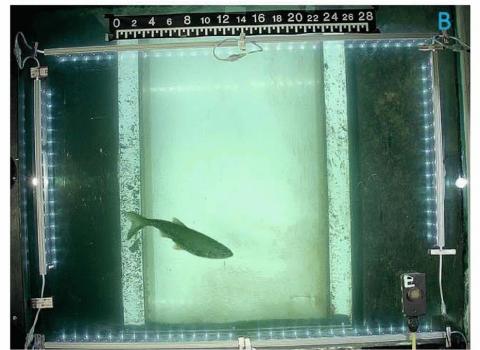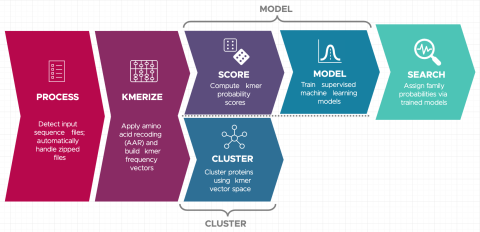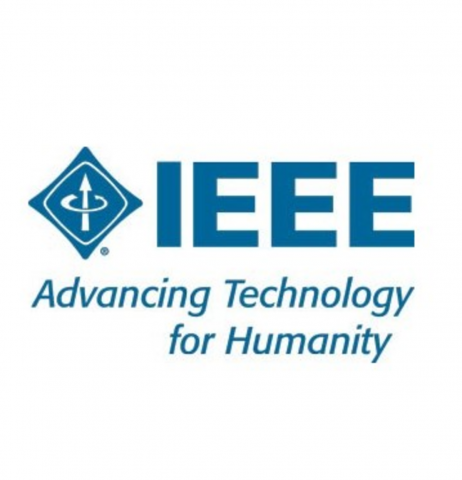Filter results
Category
- (-) Computational Research (15)
- (-) Visual Analytics (6)
- Scientific Discovery (209)
- Biology (126)
- Earth System Science (98)
- Human Health (82)
- Integrative Omics (60)
- Microbiome Science (19)
- National Security (19)
- Computing & Analytics (14)
- Energy Resiliency (9)
- Data Analytics & Machine Learning (7)
- Coastal Science (4)
- Renewable Energy (4)
- Atmospheric Science (3)
- Chemical & Biological Signatures Science (3)
- Computational Mathematics & Statistics (3)
- Data Analytics & Machine Learning (3)
- Weapons of Mass Effect (3)
- Chemistry (2)
- Cybersecurity (2)
- Distribution (2)
- Ecosystem Science (2)
- Electric Grid Modernization (2)
- Energy Efficiency (2)
- Energy Storage (2)
- Grid Cybersecurity (2)
- Solar Energy (2)
- Bioenergy Technologies (1)
- Computational Mathematics & Statistics (1)
- Grid Analytics (1)
- High-Performance Computing (1)
- Plant Science (1)
- Subsurface Science (1)
- Terrestrial Aquatics (1)
- Transportation (1)
- Wind Energy (1)
Software Type
Tags
- Type 1 Diabetes (6)
- Autoimmunity (5)
- Machine Learning (5)
- Biomarkers (4)
- Molecular Profiling (4)
- Mass spectrometry-based Omics (3)
- Predictive Modeling (3)
- Alternative Splicing (2)
- DNA Sequence Analysis (1)
- Functional Annotation Analysis (1)
- High-Performance Computing (1)
- Kmers (1)
- Mass Spectrometry (1)
- Omics (1)
- Python (1)
- RNA Sequence Analysis (1)
- Snakemake (1)
- Software Data Analysis (1)
- Statistics (1)
The Human Islet Research Network (HIRN) is a large consortia with many research projects focused on understanding how beta cells are lost in type 1 diabetics (T1D) with a goal of finding how to protect against or replace the loss of functional beta cells. The consortia has multiple branches of...
Datasets
0
pmartR Software Overview The pmartR package provides a single software tool for QC (filtering and normalization), exploratory data analysis (EDA), and statistical analysis (robust to missing data) and includes numerous visualization capabilities of mass spectrometry (MS) omics data (proteomic...
This project is an interdisciplinary collaboration supported by US DOE Office of Science's Scientific Discovery through Advanced Computing (SciDAC) program. The project addresses a crucial but largely overlooked source of error in the Energy Exascale Earth System Model (E3SM) and other atmosphere...
Category
Datasets
2
Category
Datasets
1
Last updated on 2023-02-23T19:37:46+00:00 by LN Anderson Snekmer: A scalable pipeline for protein sequence fingerprinting using amino acid recoding (AAR) Snekmer is a software package designed to reduce the representation of protein sequences by combining amino acid reduction (AAR) with the kmer...
The Environmental Determinants of Diabetes in the Young (TEDDY) study is searching for factors influencing the development of type 1 diabetes (T1D) in children. Research has shown that there are certain genes that correlate to higher risk of developing T1D, but not all children with these genes...
Datasets
1
The Diabetes Autoimmunity Study in the Young (DAISY) seeks to find environmental factors that can trigger the development of type 1 diabetes (T1D) in children. DAISY follows children with high-risk of developing T1D based on family history or genetic markers. Genes, diets, infections, and...
Datasets
1
Machine learning is a core technology that is rapidly advancing within type 1 diabetes (T1D) research. Our Human Islet Research Network (HIRN) grant is studying early cellular response initiating β cell stress in T1D through the generation of heterogenous low- and high-throughput molecular...
Datasets
3
Category
Dataset The dataset will consist of: About 1200 news stories from the Alderwood Daily News plus a few other items collected by the previous investigators A few photos A few maps of Alderwood and vicinity (in bitmap image form) A few files with other mixed materials, e.g. a spreadsheet with voter...
Category
It is Fall of 2004 and one of your analyst colleagues has been called away from her current tasks to an emergency. The boss has given you the assignment of picking up her investigation and completing her task. She has been asked to pursue a line of investigation into some unexpected activities...
Category
Mini Challenge 1: Wiki Editors The Paraiso movement is controversial and is having considerable social impact in a specific area of the world. We have extracted a segment of the Paraiso (the movement) Wikipedia edits page. Please note this is not the Paraiso Manifesto Wiki page which is part of the...
Category
The VAST 2009 Challenge scenario concerned a fictitious, cyber security event. An employee leaked important information from an embassy to a criminal organization. Participants were asked to discover the identity ofthe employee and the structure of the criminal organization. Participants were...
Category
The VAST 2010 Challenge consisted of three mini-challenges (MC) and one Grand Challenge (GC). Each MC had a data set, instructions and a number of questions to be answered. The GC required participants to pull together information from all three data sets and write a debrief summarizing the...









